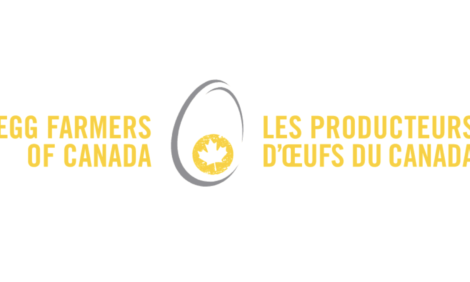



Biosecurity: the Barrier Against Avian Influenza
CANADA - Implementing recommended biosecurity measures can go a long way toward protecting poultry from avian influenza and other diseases.“The main thing is to make sure your poultry and wild waterfowl don’t mix,” says Dr. Gerald Hauer, assistant chief provincial veterinarian with Alberta Agriculture and Food, Edmonton. “Keep domestic flocks under cover by housing them indoors or in covered pens. The point is to reduce contact between wild waterfowl and domestic birds.”
The avian influenza virus can be spread through nasal and eye secretions and feces. Aerosol transmission does occur.
“Good biosecurity means understanding how disease is transmitted, then breaking the cycle of transmission,” Dr. Hauer says. “Infectious feces can be carried to poultry yards in many ways, including boots, clothing, pets and vehicles. The avian influenza virus can move between flocks in the same ways. Dirty equipment, such as washers, waterers, egg crates and catching poles are all potential sources of infection.
“Ideally, equipment should not be shared. At the very least, it needs to be properly sanitized between flocks. While direct contact with infected poultry, or surfaces and objects contaminated by their feces, is presently considered the main route of transmission, other bird products and eggs can carry the virus. That is why Canada tightly controls imports from countries with infections.”
Some biosecurity measures to be aware of include:
- Purchase flock additions from a known reliable source and isolate them from the resident birds for at least two weeks.
- Do not allow wild ducks near feed bins or troughs.
- Do not let poultry drink untreated surface water that could be contaminated with wild duck feces.
- Change footwear and outer clothing before going into poultry yards or barns because fecal matter from wild areas can be carried on boots and clothes into a flock.
- Wash hands thoroughly and often.
- Do not allow overseas visitors into your poultry barns until two weeks after their arrival in Canada. If this isn’t possible, ask visitors to wear clean clothing and footwear.











